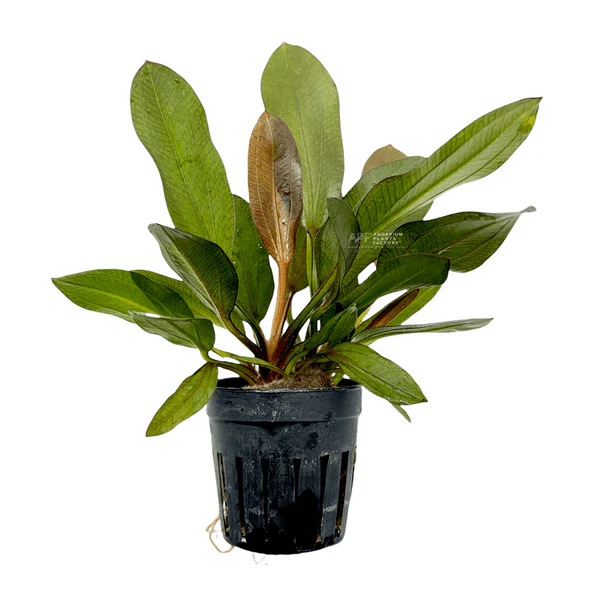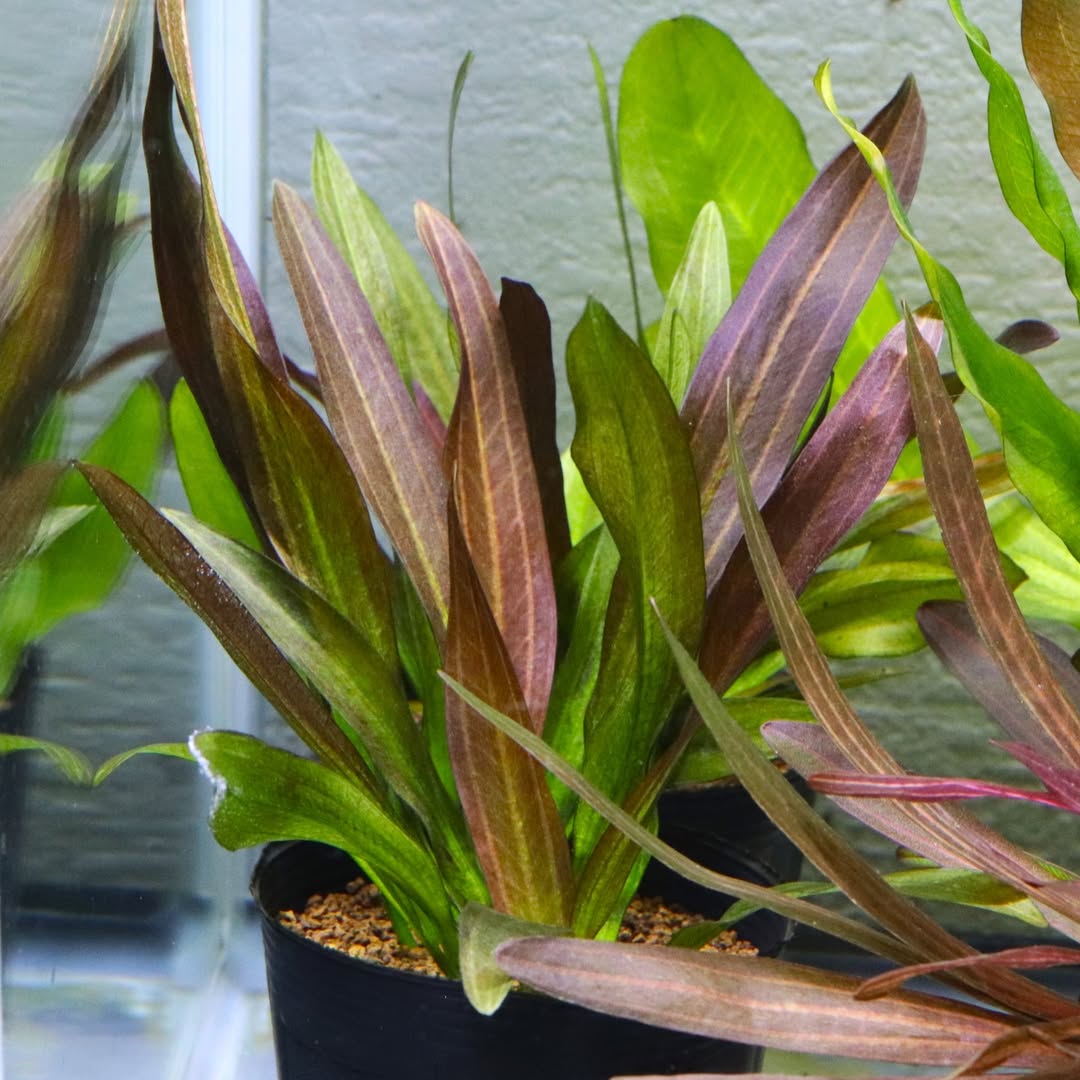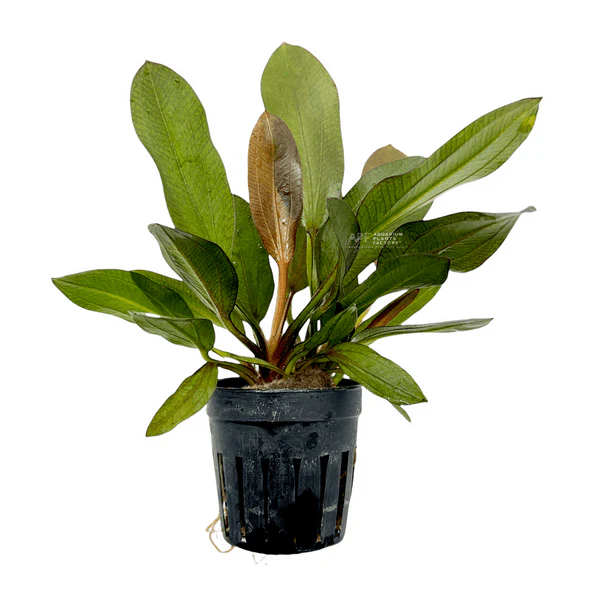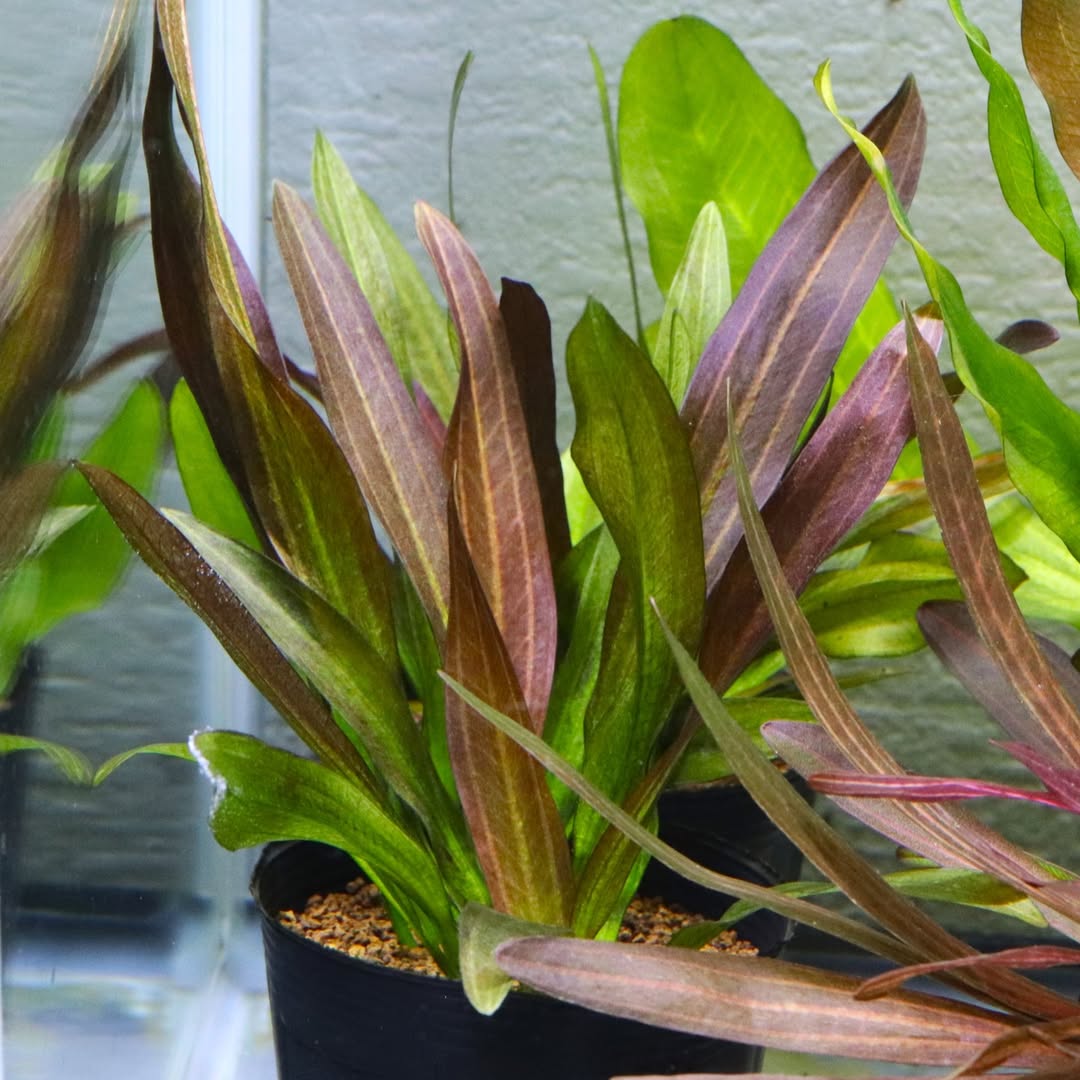🔥 Echinodorus Red Phoenix - Stunning Red Freshwater Aquarium Plant
Introduce fiery beauty to your aquascape with the breathtaking Echinodorus Red Phoenix. With its deep red and orange hues, this plant brings warmth and vibrancy to any freshwater aquarium. Its hardy nature and easy care make it a fantastic choice for beginners and experienced aquarists alike.
Echinodorus Red Phoenix Quick Facts
| Feature | Details |
|---|---|
| 🌍 Origin | South America |
| 📏 Size | 10 - 20 inches |
| 💡 Lighting | Moderate to high |
| 🌡️ Temperature | 72°F - 82°F (22°C - 28°C) |
| 💧 pH Range | 6.5 - 7.5 |
| 🎨 Color | Deep red, orange, and green leaves |
| 🪴 Position in Tank | Midground to Background |
| 🌟 Difficulty | Beginner-friendly (easy to moderate) |
| 🐟 Compatibility | Betta fish, Neocaridina/Caridina shrimp, snails, community fish |
Why Choose Echinodorus Red Phoenix?
- ✔️ Vibrant red and orange hues – Adds a striking contrast to green aquascapes.
- ✔️ Fast-growing and hardy – Thrives in a variety of freshwater conditions.
- ✔️ Provides shelter – Great for fish and shrimp seeking natural hiding spots.
- ✔️ Oxygenates water – Helps improve water quality by absorbing excess nutrients.
How to Care for Echinodorus Red Phoenix
Care Tips
- Lighting: Moderate to high lighting enhances the red coloration.
- Placement: Works best as a midground or background plant due to its broad leaves.
- Substrate: Prefers nutrient-rich substrate; root tabs help encourage strong growth.
- Fertilizer: Regular root fertilization and occasional liquid fertilizer promote healthy leaves.
- Maintenance: Trim older or damaged leaves at the base to encourage fresh growth.
Propagation Steps
- Wait for Runners: The plant naturally produces side shoots or runners.
- Separate the Baby Plants: Once plantlets develop roots, carefully detach them from the parent plant.
- Replant: Place the new plantlets into the substrate and allow them to establish.



